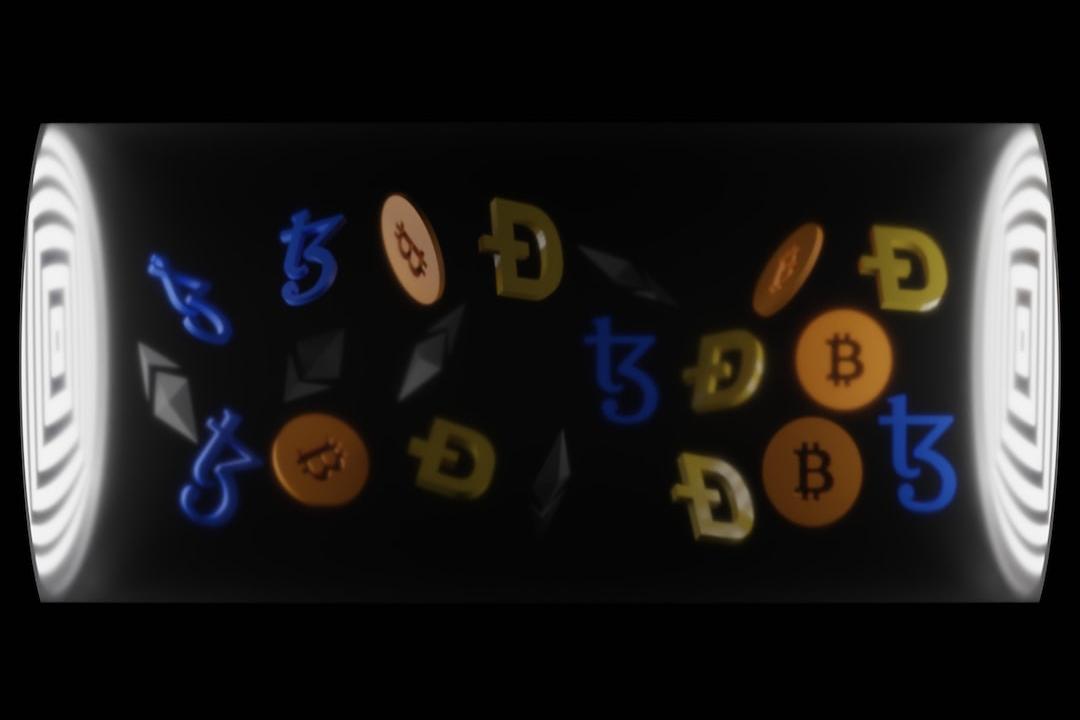The development team behind the decentralized lending protocol AAVE, Aave Labs, has released a proposal called “Aave 2030” on the AAVE governance forum. The proposal outlines a three-year development plan based on the AAVE V4 version.
In the proposal, Aave Labs states that the introduction of AAVE V4 is the foundation of the entire plan. It aims to enhance the V3 version by adding a series of improvements. AAVE V4 will include several features:
1. Unified Liquidity Layer: Aave V4 introduces a unified liquidity layer that manages supply/borrowing limits, interest rates, assets, and incentives. It allows other modules to provide liquidity without the need for migration from existing liquidity. This architecture enables the addition or improvement of lending features (e.g., isolated pools, RWA modules, and CDP) without changing the entire system or liquidation module, addressing liquidity fragmentation issues present in the previous version.
2. Fuzzy-controlled Interest Rates: Aave V4 proposes the adoption of fully automated interest rates that can adjust slopes and inflection points. The current settings controlled by governance mechanisms increase governance burden and reduce capital efficiency. The fuzzy interest rate design actively controls inflection points, dynamically adjusting them based on market conditions. The base interest rate will rise or fall according to market demand, optimizing rates for suppliers and borrowers.
3. Liquidity Premium Mechanism: Aave V4’s liquidity premium mechanism adjusts the borrowing cost of the market based on the risk level of the collateral, ensuring fairness in pricing. Higher-risk collateral will incur relatively higher borrowing costs, while lower-risk collateral helps reduce borrowing costs.
4. Aave V4 Borrowing Module: Aave V4 introduces the concept of smart accounts and vaults. Smart accounts solve user experience issues in V3, where users need to manage positions using different wallets when borrowing with eMode or independent assets. Smart accounts allow users to create multiple accounts with just one wallet, significantly simplifying the interaction process with the protocol. Additionally, smart accounts will introduce Aave vaults, allowing users to borrow without providing additional collateral to the liquidity layer. The collateral will be stored in the smart account and locked until the end of the loan or liquidation.
Other improvements proposed for Aave V4 include dynamic risk allocation, automated asset offboarding, automated fund management, customizable actions, and enhancements to the liquidation engine.
Besides AAVE V4, Aave Labs plans to focus on other applications to complete the Aave 2030 three-year plan, including building a cross-chain liquidity layer, integrating real-world assets (RWA), and developing the Aave network. The Aave network aims to execute various functions as an application chain, and Aave governance will control the interface between the Aave network and Ethereum.
To effectively manage and implement the Aave 2030 plan, Aave Labs has set specific goals and timelines for each year. The first year will focus on protocol enhancements, while the second year will involve the Aave network, cross-chain liquidity layer, RWA products, and integration with non-EVM chains.
Related reports include Jupiter’s standout performance in Solana DeFi and the Starknet incentive program “DeFi Spring” offering rewards in $STRK and $ZKX tokens. The IRS’s proposed digital asset tax form draft may raise significant privacy and security issues in the DeFi space.


